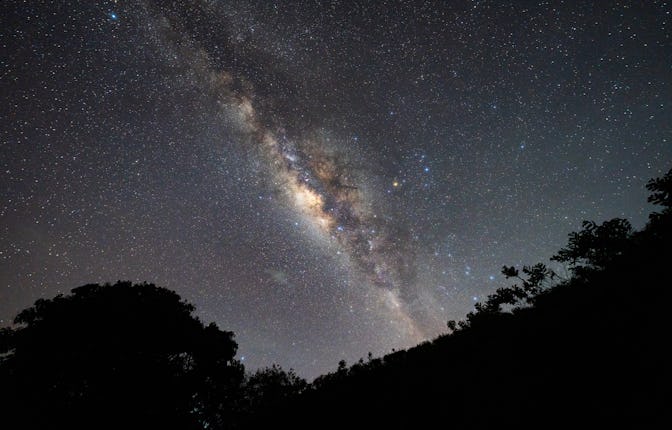Lyrid Meteor Shower Returns: How and When to Watch the Shooting Stars
Catch the annual meteor shower peaking on April 22, 2025.

The Lyrid meteor shower, one of the oldest known meteor showers, is set to peak on the night of April 21–22, 2025. This annual event offers skywatchers a chance to witness bright, fast-moving meteors streaking across the night sky. Here's how and when to best observe this celestial spectacle.
When & Where to Watch
The Lyrids will be active from April 16 to April 25, 2025, with the peak occurring around April 22. The predicted peak time is 6:32 AM EST on April 22 (or, for the real early birds, 3:32 AM Pacific Daylight Time). However, the shower's activity will be visible in the hours leading up to and following this peak.
For observers in the United States, the best viewing times are during the late evening of April 21 and the early morning hours of April 22. The radiant point of the Lyrids, located near the bright star Vega in the constellation Lyra, rises in the northeast before midnight and reaches its highest point in the sky at dawn. To maximize your chances of seeing meteors, plan to observe between midnight and dawn.
Viewing Conditions
In 2025, the Lyrid meteor shower coincides with a waning crescent moon, which will rise a few hours before dawn. This means that the early morning hours before the moon rises will offer darker skies, enhancing visibility. To further improve your viewing experience:
- Find a Dark Location: Choose a spot away from city lights to reduce light pollution.
- Allow Your Eyes to Adjust: Spend at least 15–20 minutes in the dark to let your eyes adapt.
- Dress Comfortably: Bring a blanket or reclining chair, and dress warmly to stay comfortable during the observation period.
Under ideal conditions, you might see 10 to 15 Lyrid meteors per hour. The meteors are known for their brightness and speed, often leaving persistent trains that glow for a few seconds after the meteor has passed. While the Lyrids are not as prolific as some other meteor showers, they are renowned for their luminous dust trains and occasional fireballs.
Additional Tips
- Be Patient: Meteor showers can be unpredictable. Allow time for your eyes to adjust and be prepared to wait for the show to unfold.
- Use a Sky Map: Familiarize yourself with the constellation Lyra and the location of Vega to help orient yourself in the night sky.
- Share Your Observations: If you capture any photos or videos of the Lyrids, consider sharing them with local astronomy clubs or online communities.
By following these guidelines, you'll be well-prepared to enjoy the 2025 Lyrid meteor shower. Remember to check local weather forecasts to ensure clear skies on the night of your observation.